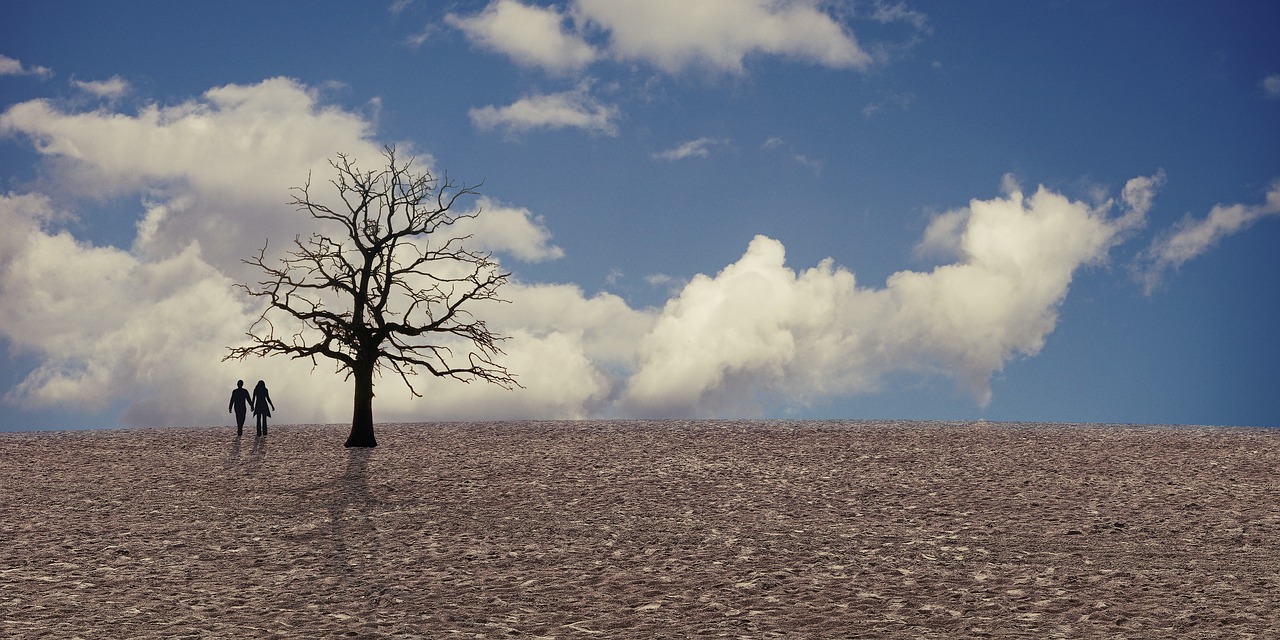
Christchurch – Trees, water, schools, hospitals and industry have one thing in common: facilitating climate change.
Virtually nothing is sacrosanct with regards to climate change, which is starting to snowball as things look desperate in terms of seeking to turn around our emissions and reduce environmental damage to the planet.
Kiwis are considering impacts of climate change more than ever before. Aotearoa’s greenhouse gas emissions are about 80 million tonnes of CO₂e, or carbon dioxide equivalent, each year.
New Zealand Climate Change Commission chair Dr Rod Carr says they are taking public submissions on the view relating to climate change until March 28.
So, first of all, planting trees globally helps combat climate change and is an effective weapon to fight climate change.
The European Union plans to plant an extra three billion trees by 2030. Its goal is to boost biodiversity, but many people believe planting trees is an effective tool to combat climate change.
When the world has finished all the emission reduction and fixation options, trees are the very best friend; less so fossil fuels which pervade almost all parts of the globe.
In Italy, trees are just beginning to wake up from their winter slumber. From now until the northern autumn, they’ll suck CO2 out of the atmosphere every day. The amount of carbon stocked in a tree can be calculated relatively easily. A single tree can hold about a tonne of carbon.
Thanks to the sunlight and the carbon dioxide in the air, the tree is growing, it’s turning the carbon dioxide into wood and it will grow.
Well-managed forests and wetlands can offer hope by storing carbon for many decades. But the world needs to stop deforestation, value the forests and find other ways to cut emissions rather than relying on planting new trees.
Climate change is the most serious crisis facing the planet. It is causing temperature rise and increasing extreme weather events and impacting on water access.
Since the 1980s, demand for water worldwide has been rising by about one percent every year. Billions of people still lack reliable water resources for basic needs.
According to UN Water, more than 2.2 billion people lack access to safe drinking water, and half the world does not have access to proper sanitation.
The value of water is about much more than its price – water has enormous and complex value for our households, food, culture, health, education, economics and the integrity of the natural environment.
In the UK, they are spending more than one billion pound helping schools, hospitals and industry reduce greenhouse gas emissions and encourage the growth of new low-carbon technologies.
Ahead of Cop26, the critical UN climate summit in Glasgow this November, the UK is trying to show the world how they can cut emissions, create jobs and unleash investment and economic growth.
They have allocated £171million to an industrial decarbonisation fund. About £932million will be spent on 429 projects upgrading public buildings, including schools and hospitals, with heat pumps, solar panels and insulation.

